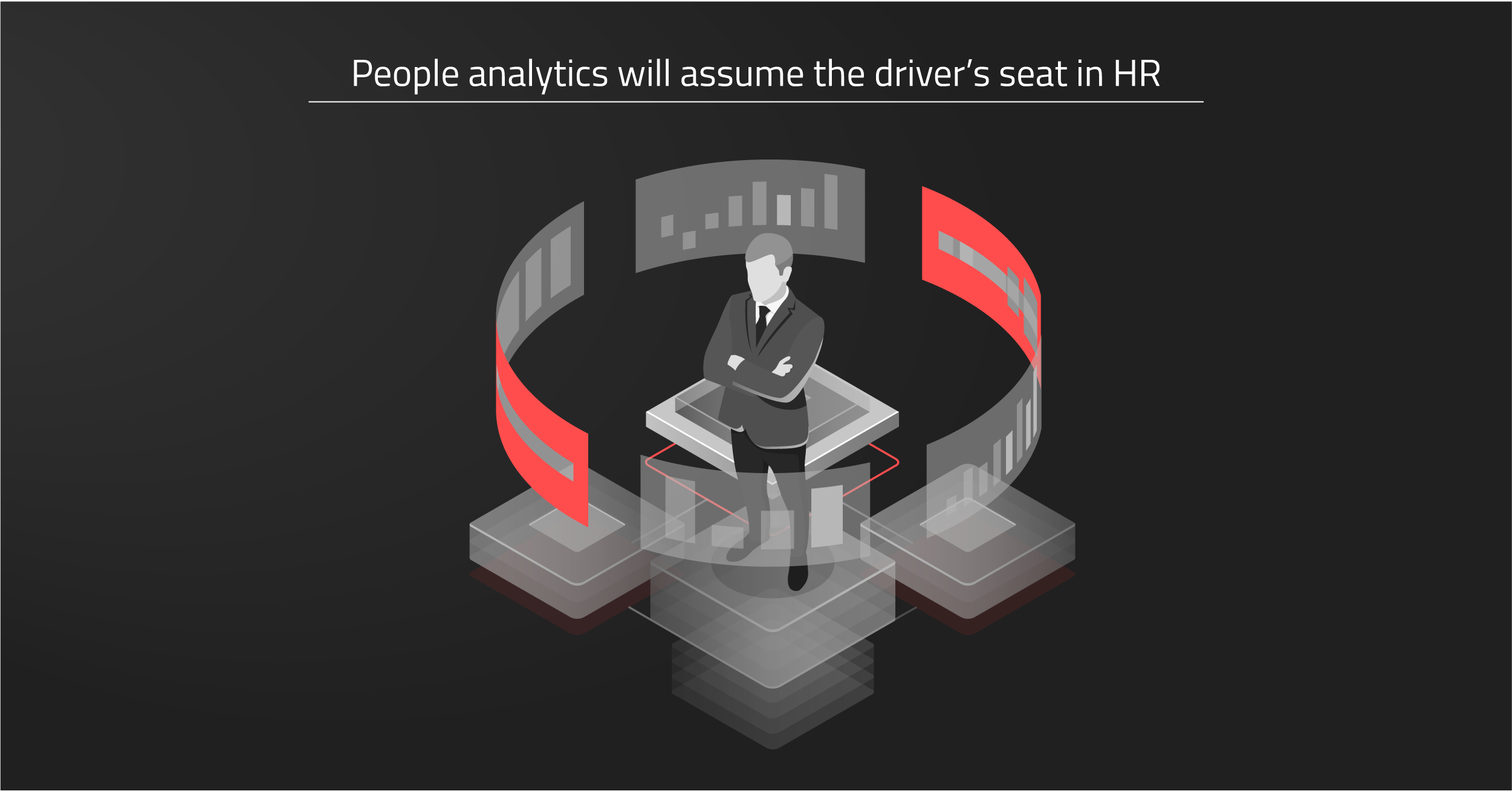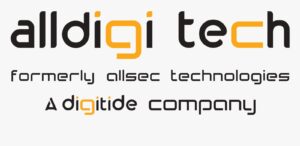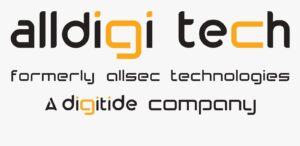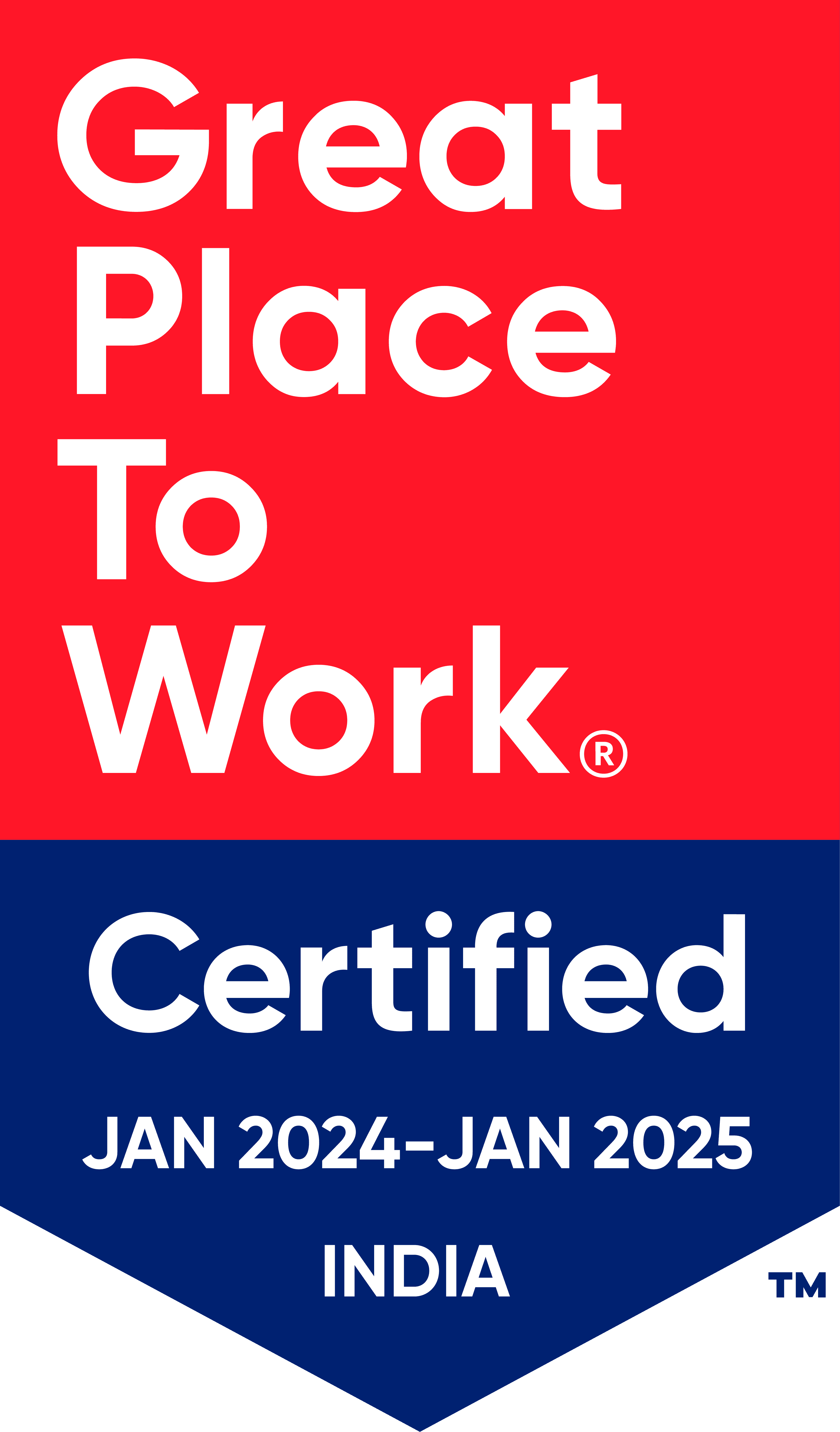
People analytics will assume the driver’s seat in HR
The advent of big data has paved the path for transformational policies in the largest balance sheet asset for most companies – human resources. People analytics has been THE talk at HR tables for a while now. What began as a small troop of technical experts, meant to scout specialized talent, is now a key tool prioritized by most HR strategists worth their salt.
Data-driven decision making is already functional across a wide sphere of HR tactics including talent searches, attendance management, measuring employee satisfaction, and even learning and development. Combined with predictive and other sophisticated analytics, machine learning, and AI, people analytics will assume the frontline in HR strategy, in the coming years.
Creating Partnerships
The most effective way to achieve success with people analytics is getting data that is reliable, protected, and largely consistent. But employees are more than just numbers and statistics. They are people with diverse experiences, varying needs, and unique goals.
Success of people analytics depends on integrating these needs with the organization’s objectives, by collaborating with various internal departments, analytical practitioners, and even external experts.
Various software vendors have already bought in on this trend, developing tools that allow management to look into numerous aspects such as attrition rate, for example, and its reasons. Understanding what employees desire can help HR officials implement policies that will enhance talent attraction and retention, thereby giving usual business performance a boost.
Employee Engagement
Just like experiences are customized for customers, analytics in association with technology can help tailor processes unique to each employee. Having routine surveys that can identify individual career advancement needs, employee mobility expectations, and compensation hopes will improve employee morale. Combining the qualitative aspects of people-driven HR with quantitative data analytics can dig deeper into the company’s culture subtleties.
Employee engagement not only influences attrition, but is also a key driver of performance. Employee performance cannot be assessed at a point in time but needs to be analyzed across an employee’s tenure. Apart from individual engagement, analytics can also improve team dynamics. Comparing team surveys against performance, such as sales numbers for instance, can determine what works for an effective team. This can be replicated in other teams across the board.
Jobs are evolving to become increasingly specialized and a one-size-fits-all approach no longer helps. Based on analytics, learning tools can be deployed, by using machine learning to personalize professional development techniques to each employee. This can help eliminate human bias, allowing much-needed skill development based on learning history.
Possibilities of improving people analytics is endless with technological advancements. Demand for blockchain technology in HR functions is also on the rise. HR functions oriented towards people analytics can usher a quantum leap in how data-driven insights are used for organizational growth.



